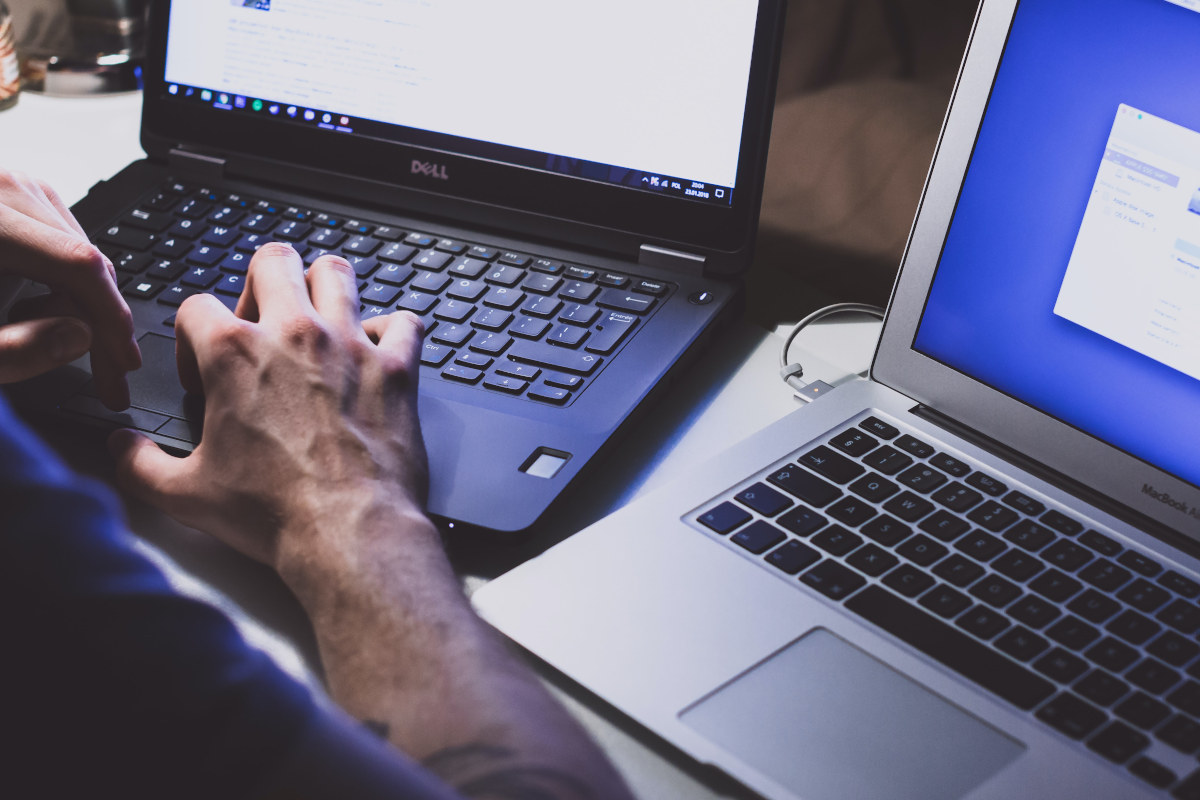Course Content
Expand All
RPM overview
3 Topics
Expand
Lesson Content
0% Complete
0/3 Steps
RPM components
3 Topics
Expand
Lesson Content
0% Complete
0/3 Steps
RPM benefits
5 Topics
Expand
Lesson Content
0% Complete
0/5 Steps
RPM challenges
7 Topics
Expand
Lesson Content
0% Complete
0/7 Steps
mHealth overview
4 Topics
Expand
Lesson Content
0% Complete
0/4 Steps
mHealth components
4 Topics
Expand
Lesson Content
0% Complete
0/4 Steps
mHealth benefits
7 Topics
Expand
Lesson Content
0% Complete
0/7 Steps

